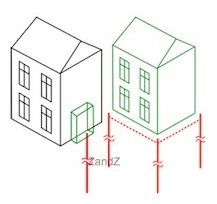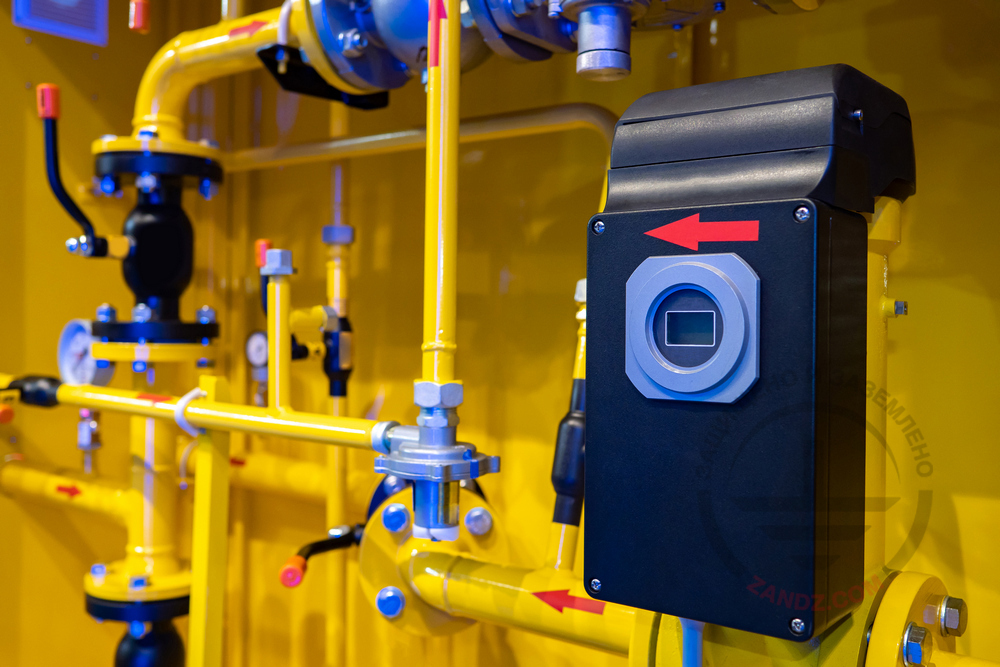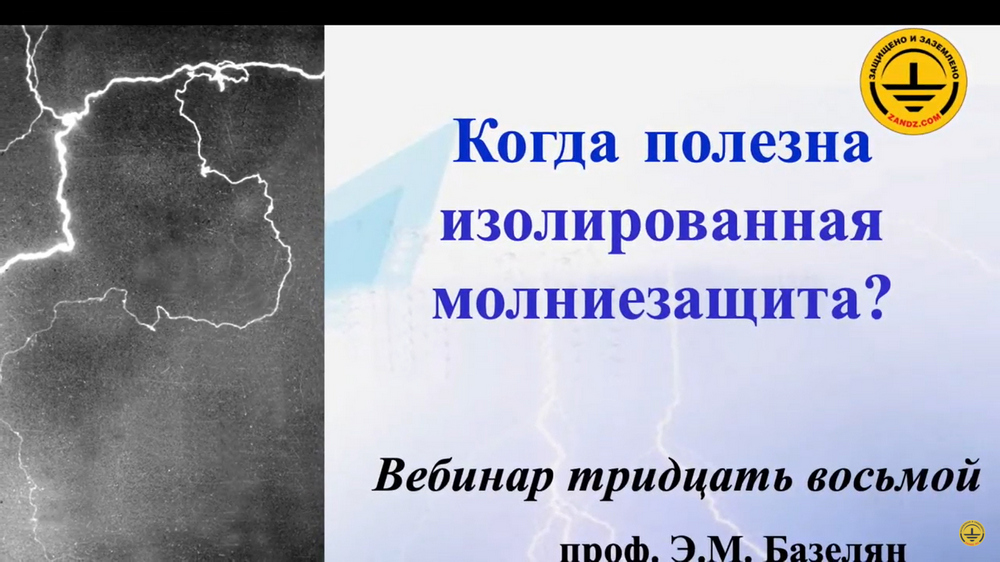How many grounding rods do we need? How deep do we immerse the grounding rod? Is one electrode enough or at least three are required? - This is the most popular issue of all concerning grounding devices based on modular-pin system.
To calculate grounding, you actually need the data on resistivity and soil type, as well as the grounding purpose.
These data are necessary to choose the correct depth and the number of grounding electrodes.

Depth of immersion
For example, for soils with resistivity of 20 ohms / m (very wet) ZZ-000-015 (15 meters depth electrode) is enough to achieve a "good" result of 1.5 ohm.
However, to achieve this result in soils with high resistivity, such as sand, the depth of the grounding electrode can be larger, up to 30 meters and more. For such cases use ZZ-000-030 including 20 rods 1.5 meters each.
Amount
In the firm ground deep mounting of threaded rods is problematic. But don't be afraid of that. ZANDZ kits can be installed both as a single point and as multiple points. In this case it is possible to "divide" one 15 m long electrode in, let's say, three: 4.5 meters, 4.5 meters and 6 meters and install each at the distance of at least 4.5 meters. Grounding electrodes are connected by means of the copper-clad stripe and clips.
The depth of immersion and the number of grounding electrodes also depend on the purpose of the grounding. Thus, to arrange functional grounding you can use one electrode, but for the protective grounding, which is a part of the external lightning protection,you need three-point installation. See the separate page and learn more about grounding as a part of lightning protection.
When planning the final result, i.e, grounding resistance, you should take into account the requirements of the available regulations and standards.
More about calculation of grounding devices.
Need help with calculation of grounding and lightning protection? Contact us, we will help you!
Solutions:
Related Articles:
.png)







